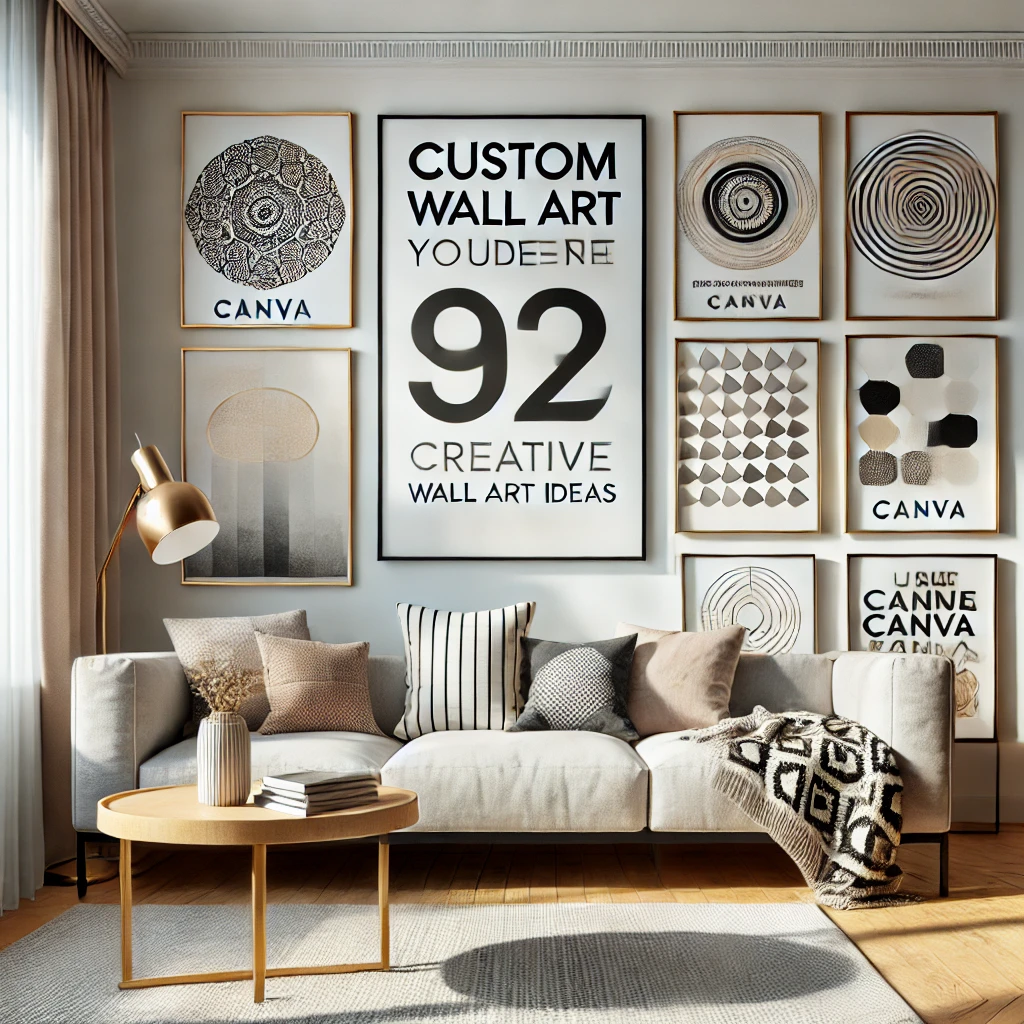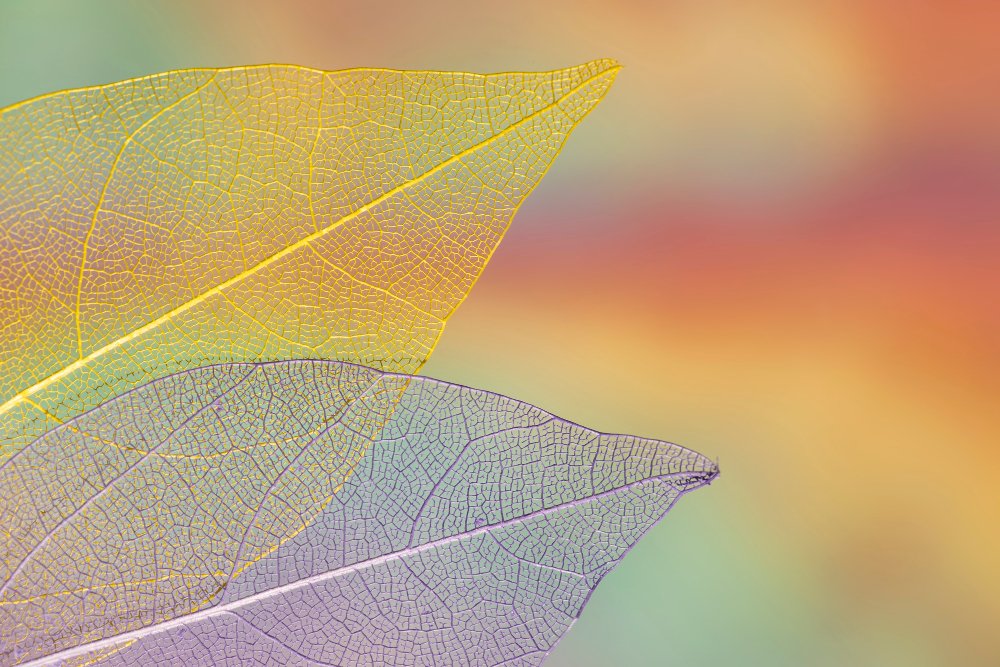Creating art is more than just applying brushstrokes on a canvas. It’s a journey of visualizing and conceptualizing the artwork before you even begin. For artists, the process of how to imagine the art piece before creating it is a crucial step that shapes the entire outcome. Without a clear vision, it becomes difficult to translate emotions, concepts, or experiences into physical form. Whether you’re an aspiring artist or a seasoned creator, learning to effectively imagine your art before you begin will help elevate your creative process and results.
In this article by ArtPlusCraft, an info blog dedicated to all things related to art and craft, we will explore the steps, techniques, and benefits of learning to visualize your artwork before creating it. From beginner artists to professionals, this guide will offer insights to help improve the way you approach creating art.
The Importance of Visualizing Art Before Creation
The process of how to imagine the art piece before creating it begins with understanding the importance of visualization. When an artist can mentally picture the artwork in its final form, they are able to:
- Organize Thoughts and Concepts: A clear mental image helps to organize the ideas you want to convey. Whether you’re working on a painting or digital design, imagining the art beforehand allows you to focus on the essential details, ensuring that your message is communicated effectively.
- Avoid Mistakes and Waste: Visualization helps minimize errors and wasted materials. It gives you a blueprint to follow, which reduces the chances of redoing parts of the project or starting over completely.
- Boost Creativity: By imagining different possibilities for your artwork, you open yourself up to creative experimentation. This is especially helpful when creating complex pieces, such as large abstract wall art, where the composition and form play a vital role.
Steps to Imagine Your Art Before Creating It
1. Start with Inspiration
Inspiration is the fuel behind every piece of art. To imagine the art piece before creating it, you need to first gather ideas and emotions that inspire you. Look for things that resonate with you—nature, personal experiences, or even emotions.
For example, when working on abstract landscape art, an artist might draw inspiration from the colors of the sky, the motion of the wind, or the serenity of a vast mountain range. Take time to observe your surroundings and pay attention to details that spark your creativity.
2. Sketch Rough Ideas
Once you’ve gathered your inspiration, it’s time to sketch rough ideas. You don’t need to be precise; the goal here is to capture your initial thoughts on paper. A quick doodle or rough outline can help you visualize the composition, colors, and shapes that you want to use in your final piece.
This step is particularly helpful for artists who create intricate works like large abstract wall art, where the composition is key to creating impact. Use your sketches to explore different possibilities and layouts until you find one that feels right.
3. Visualize the Final Artwork in Detail
After sketching, take time to close your eyes and mentally picture the completed artwork. This step involves imagining everything in great detail: the colors, textures, lighting, and mood. What emotions do you hope to evoke in viewers when they look at your artwork? How do the elements interact on the canvas?
If you’re working on something like black and white abstract art, visualize how the colors blend and contrast, how the shapes flow, and how the overall composition evokes emotion. This mental image serves as your guide throughout the creation process.
4. Consider Different Perspectives
When visualizing your artwork, don’t be afraid to consider different angles and perspectives. Try to see the piece from a viewer’s perspective. What stands out? Are the key elements balanced?
For artists who create large works, such as large abstract wall art, considering how the piece will look from a distance and up close can make a big difference in the final result. You want your artwork to have an impact no matter where the viewer is standing.
5. Experiment with Color Palettes and Textures
Color is one of the most powerful tools in an artist’s toolbox. As you visualize your artwork, think about the colors you want to use. What mood do they create? How do they interact with each other? Consider whether you want the piece to be bold and vibrant, or more subdued and peaceful.
For example, when working on a vibrant abstract landscape art, experimenting with colors that contrast with one another can create energy and movement. You can also play with textures—imagine how certain areas might be thick and textured, while others are smooth and flat.
6. Plan the Process in Your Mind
Once you have a clear mental image of your artwork, plan the process step by step. Visualize how you will start, what techniques you will use, and how you’ll handle challenges that arise during the creation process. Planning helps you stay organized and focused, reducing the chances of hitting creative blocks along the way.
For artists looking to sell their artwork on platforms like social media, selling on Twitter could be a great way to reach a broader audience. Use your visualization process to think about how you will photograph and present your work online to attract potential buyers.
Benefits of Visualizing Your Art
There are numerous benefits to learning how to imagine the art piece before creating it:
- Increased Confidence: When you have a clear vision of your final artwork, you feel more confident in your ability to bring it to life.
- Improved Workflow: Having a plan in mind can streamline your creative process and reduce the amount of time spent making revisions.
- More Cohesive Artworks: Artists who visualize their work beforehand often create more cohesive pieces that have a clear message or theme.
- Creative Growth: By consistently imagining your artwork before creating it, you allow your creative skills to grow and improve over time.
Challenges of Visualization and How to Overcome Them
Visualizing artwork can be challenging, especially if you’re new to the process. Sometimes, it’s difficult to picture the final outcome, or you may struggle with transferring your mental image onto the canvas.
To overcome these challenges, break the visualization process into smaller steps. Focus on imagining one element at a time, such as colors or composition, rather than trying to see the entire artwork all at once. Additionally, practice makes perfect. The more you engage in visualization exercises, the easier it becomes.
Learning from others can also be beneficial. Reflecting on lessons from the art community and gaining insights from fellow artists can inspire you to approach visualization in new and creative ways.
Conclusion
In conclusion, how to imagine the art piece before creating it is a vital skill for any artist. Whether you’re working on intricate abstract landscape art or large-scale projects like large abstract wall art, the ability to visualize your artwork in detail can make the difference between a good piece and a great one. By starting with inspiration, sketching rough ideas, and planning the process step by step, you’ll be able to create art that is both thoughtful and impactful.
Visualization not only improves your workflow but also enhances your creativity and confidence. At ArtPlusCraft, we believe that every artist has the potential to bring their ideas to life, and by mastering the art of imagining your work before creating it, you can unlock new levels of artistic expression.



